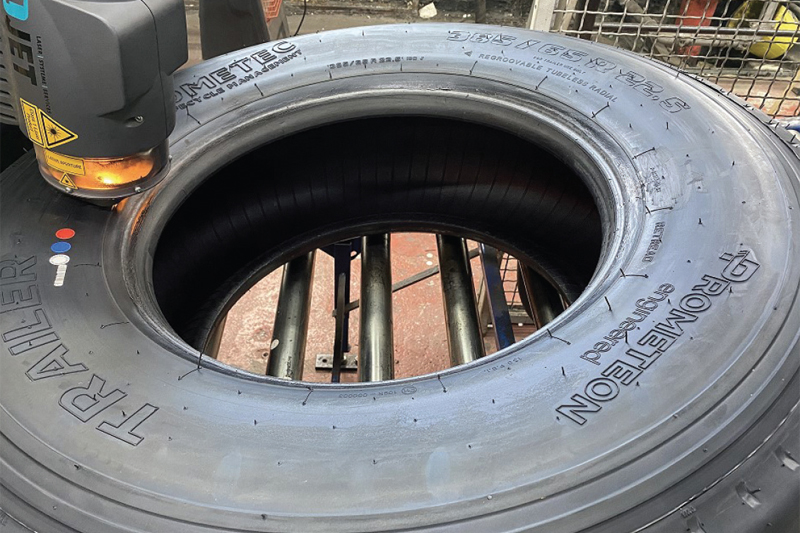
Prometeon’s fleet development engineer Gary Lane discusses why retreads are a smart choice not just for operators’ pockets, but for improving their green credentials as well.
The retread process for truck tyres has evolved significantly over recent years. In fact, retreads today offer the same high level of safety and performance on the road as new tyres.
With the current economic climate and pressure on costs, we’re receiving more requests from our fleet customers for cost savings around tyre management. At the same time, they also need to reduce the impact their deliveries are having on the planet and are being asked by their customers to prove their green credentials.
This is why retreads are a smart choice for fleet operators – they use fewer natural resources and consume less energy to manufacture than a new tyre, so are kinder to the environment. They also produce less CO2 emissions compared with a new tyre.
For commercial vehicle workshops, being clued up about retreads is vital. Knowing when a retread makes sense for a particular type of operation, and helping your customers understand the benefits of retreads, will strengthen the relationship and firmly cement your role as trusted adviser to their operation.
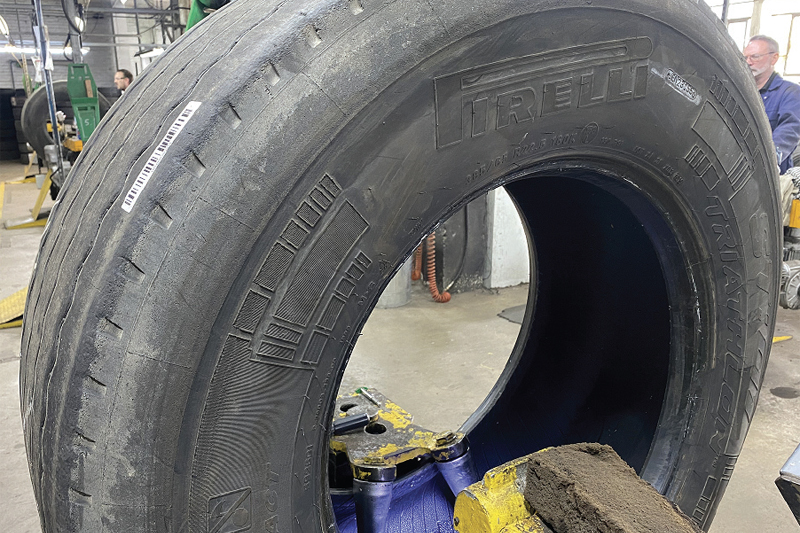
For those on the fence about retreads, here’s top five arguments for why they should consider retreads in their fleet tyre management programme.
- Environmental benefits
Retreads boast a number of environmental benefits that can boost operators’ own green credentials. From a production point of view, the retread process uses 75 litres less oil than manufacturing new tyres, so typically around 40% – 60% less energy is consumed in the process of retreads. While from an operating point of view, retreads can produce up to a 30% reduction in CO2 emissions compared to a new tyre. This is based on a standard size tyre for an 18 tonne or 26 tonne truck, and taking into account that the right tyre pressure is adhered to and the vehicle is being properly operated and maintained. Again, another key stat that operators can use when proving their sustainability commitments to prospective customers.
Moreover, the reuse of tyre casings means rubber and steel waste is minimised, and on average, we say that with a retread policy, transport operators can reduce their tyre waste by 50%.


- Economic benefits
Retreads are economically more viable than new tyres. A retread on average is around 20% – 25% cheaper to purchase up front than a new tyre, thanks to the lower costs associated with producing a retread versus a new tyre. Even with rising energy costs and other overheads going up, retread manufacturers are constantly looking at ways to reduce costs so that they don’t get passed onto the customer.
Not only that, but if a transport company operates in an environment where its vehicle tyres are constantly suffering damage, it is more economical to use retreads than continually replacing new tyres.
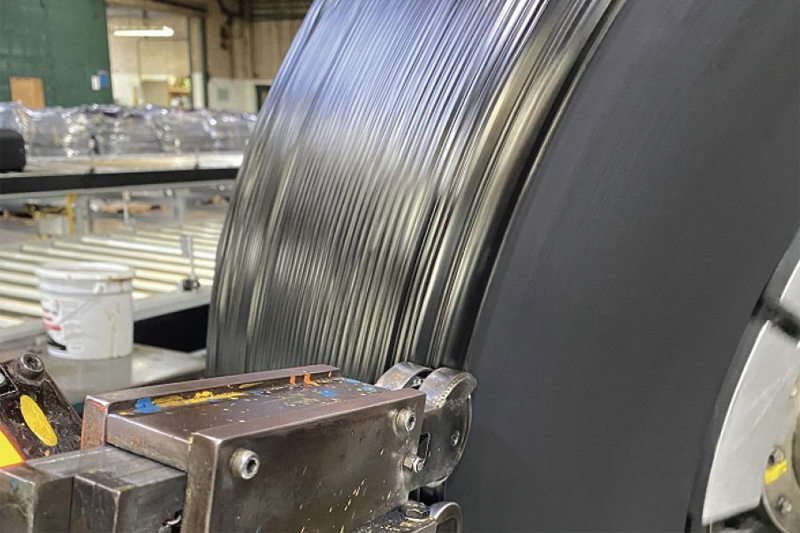
- Quality
Retreads are designed to be durable, long-lasting and safe. When a premium quality tyre is used for retreading and the casing is also of premium quality, a retread today is easily designed to do half a million kilometres quite easily and comfortably.
The quality checks that a retreader performs on every single worn tyre that comes through their facility is also seriously impressive. Our retread partner Vaculug performs a total of eight quality checks throughout the retread process. This includes visual and tactile inspections, an electronic penetration test to detect any minute holes within the tubeless liner, and time, temperature and pressure checks.
Even at the very final stage, if any imperfections are discovered, the tyre will be rejected. Very rarely are failures seen, but these rigorous quality checks provides confidence and reassurance that every retread produced meets the utmost quality and safety standards.
Most retread tyres will last several years when maintained effectively due to the fact that they are made of similar rubber compounds and tread designs to new tyres, so they definitely tick the durability box.
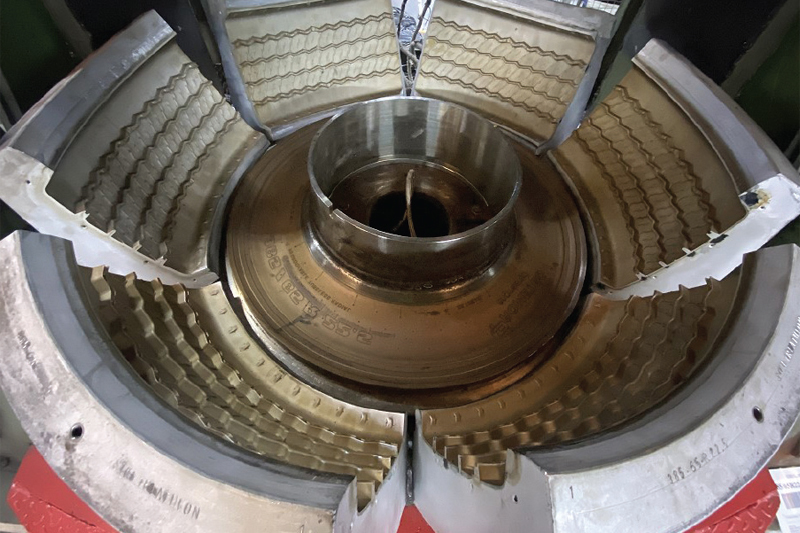
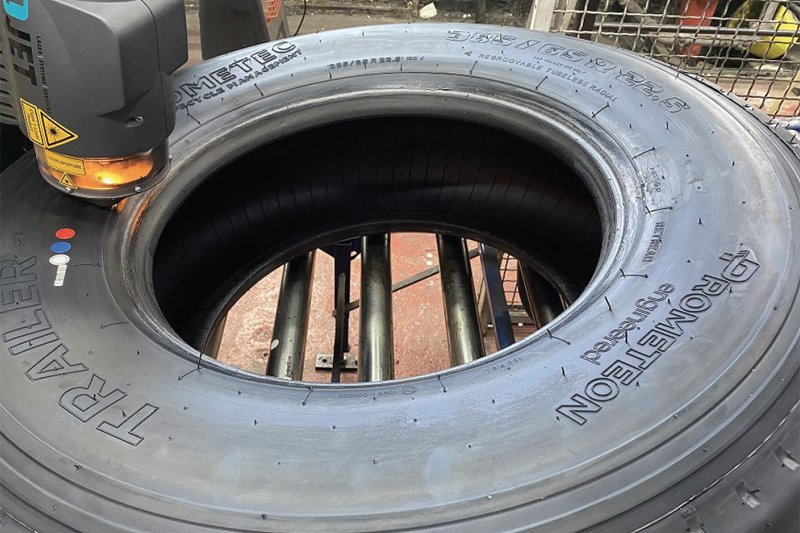
- Innovation and investment
The retread industry is constantly innovating and investing in new technology. More than 80% of retreaded truck and bus tyres used in the UK are made in the UK, and the sector contributes £230m to the UK economy ever year. It is by no means a small industry, and constant advances and investment in technology and processes are being made.
At Prometeon, we have recently been involved in designing a new retread product with Vaculug. This has involved changing the compound and tread profile on one of our most popular retread products, the Prometec Retread trailer tyre. The result is a reduction in friction thereby improving the longevity of the tyre. We have also invested in a 12- segment high pressure mould [an advancement on the standard six-piece mould] that produces a better quality remould, thereby improving the longevity of the finished tyre.
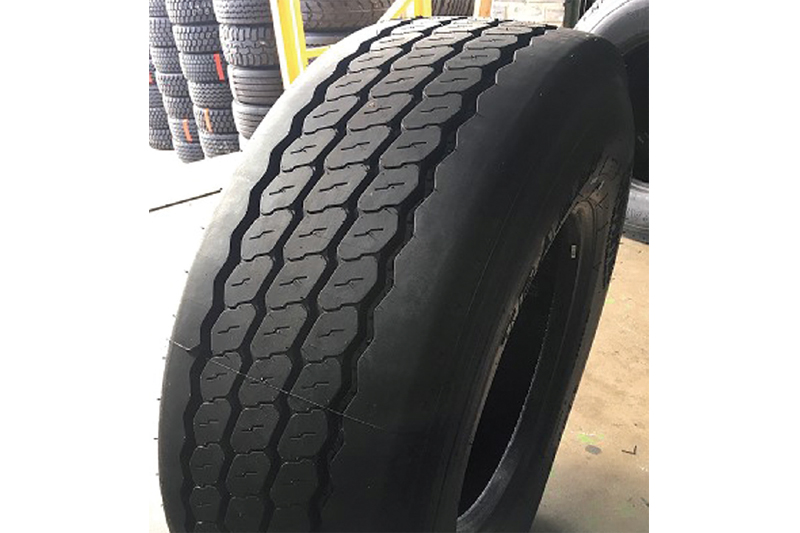
- Wide range
Retreads are available for a range of applications. Although retreads make practical sense for transport operators involved in off-road and rugged environments (such as quarries and construction sites) where the rate of wear and tear on tyres is more rapid, retreads today are manufactured to suit a range of applications and fleet vehicles. From long haul to short haul and last mile operations, and from agriculture and waste vehicles to ports and deep mining operations, there are retread tyres available to suit all these different use cases.
It’s also important to point out that retreads work best when used in tandem with new tyres as part of a tyre management programme. We typically advise operators to adopt a standard tractor/trailer combination using new tyres on the front and rear axles of tractor units, while the other two axles can be retreads.
Retreads can without doubt hold their own when it comes to performance, safety and sustainability, and as operators face ever more pressure to manage costs while also improving their impact on the planet, retreads are a smart choice.








